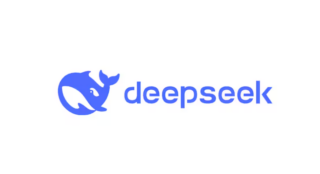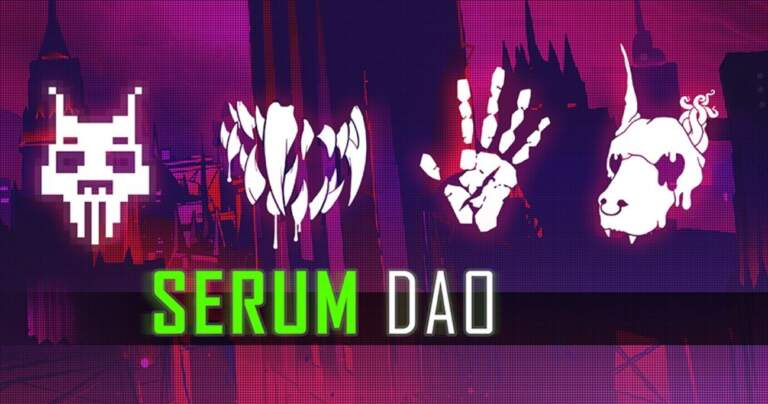The financial markets move at lightning speed, and the days of manually watching charts for the perfect entry point are long gone. Today, AI-powered trading bots are the new frontier, offering speed, precision, and adaptability that human traders simply can’t match. Enter ChatGPT-powered trading bots—a fusion of natural language processing (NLP) and machine learning (ML) that can analyze news, social sentiment, and technical indicators to make smarter, faster trades.
In this guide, we’ll walk you through the process of building your own ChatGPT-powered AI trading bot, from selecting a strategy to deploying and optimizing it for real-world trading. Whether you’re trading crypto, stocks, or other assets, this step-by-step tutorial will help you create a bot that’s as sharp as it is efficient.
Why AI Trading Bots?
AI trading bots are revolutionizing the financial markets. They can process vast amounts of data in milliseconds, execute trades with precision, and adapt to changing market conditions. When powered by ChatGPT, these bots gain an edge by analyzing unstructured data like news articles, tweets, and financial reports to make informed decisions.
For example, a ChatGPT-powered bot can scan breaking news about a company, assess the sentiment of social media chatter, and combine this with technical indicators to predict market movements. The result? Faster, smarter trades that capitalize on opportunities before they’re gone.
Step 1: Define Your Trading Strategy
Before diving into coding, you need a clear trading strategy. Your bot’s success hinges on the strategy you choose, so take the time to pick one that aligns with your goals and market conditions.
Popular AI Trading Strategies:
| Strategy | Description |
|---|---|
| Trend Following | Identifies price momentum using indicators like moving averages and RSI. |
| Mean Reversion | Capitalizes on assets returning to their historical average price. |
| Arbitrage Trading | Exploits price differences between exchanges for risk-free profits. |
| Breakout Trading | Enters trades when prices break through support or resistance levels. |
For instance, if you’re trading volatile assets like cryptocurrencies, a trend-following strategy might work best. On the other hand, arbitrage trading could be ideal for assets listed on multiple exchanges.
Step 2: Choose the Right Tech Stack
The backbone of your AI trading bot is its tech stack. Python is the go-to language for AI trading bots, thanks to its rich ecosystem of libraries like TensorFlow, PyTorch, and Pandas. Here’s what you’ll need:
- Programming Language: Python
- Libraries: NumPy, Scikit-learn, TensorFlow, and Backtrader for backtesting
- APIs: Binance, Alpaca, or Interactive Brokers for trade execution
- Data Sources: Yahoo Finance, Alpha Vantage, or CryptoCompare for market data
For example, you can use Binance’s API to connect your bot to one of the largest crypto exchanges in the world.
Step 3: Collect and Preprocess Market Data
Your bot is only as good as the data it processes. High-quality, real-time data is essential for accurate predictions. Here’s what you’ll need:
- Historical Price Data: For backtesting and training your AI model
- News and Sentiment Data: To incorporate NLP-driven insights
- Technical Indicators: Such as moving averages, RSI, and MACD
Preprocessing is equally important. Clean your data by removing outliers, filling missing values, and normalizing it for better model performance.
Step 4: Train Your AI Model
With your data ready, it’s time to train your AI model. ChatGPT can be integrated with ML models like LSTM (Long Short-Term Memory) or reinforcement learning algorithms to predict price movements and optimize trading strategies.
For example, you can use TensorFlow to build a model that analyzes historical price data and predicts future trends. Pair this with ChatGPT to incorporate sentiment analysis from news and social media.
Step 5: Develop the Trade Execution System
Your bot needs a robust trade execution system to connect to live markets and execute trades. Here’s how to build it:
- Integrate with Exchange APIs: Use REST or WebSocket APIs to connect to platforms like Binance or Alpaca.
- Implement Smart Order Execution: Use market, limit, and stop-loss orders to optimize trade entry and exit.
- Optimize for Speed: Deploy your bot on cloud servers like AWS or Google Cloud to minimize latency.
For instance, Alpaca’s API offers a seamless way to execute trades programmatically.
Step 6: Backtest and Optimize Performance
Before going live, backtest your bot on historical data to ensure it performs well under different market conditions. Use platforms like Backtrader to simulate trades and analyze performance metrics like profit/loss and Sharpe ratio.
For example, if your bot performs well in bull markets but struggles in bear markets, tweak its parameters to improve adaptability.
Step 7: Deploy Your Trading Bot
Once tested, deploy your bot on a cloud server or VPS to ensure it runs 24/7. Use tools like Prometheus or Grafana to monitor performance and set up alerts for any issues.
Step 8: Monitor and Optimize
Markets are dynamic, so continuous monitoring is crucial. Track your bot’s performance, adjust strategies as needed, and scale by adding more assets or exchanges.
The Future of AI in Trading
The integration of AI in trading is just beginning. Firms like Tiger Brokers are already leveraging advanced AI models like DeepSeek-R1 to enhance trading capabilities. As AI technology evolves, we can expect even more sophisticated bots that can handle complex market dynamics with ease.
Ready to Build Your AI Trading Bot?
Building a ChatGPT-powered AI trading bot is no small feat, but the rewards are well worth the effort. With the right strategy, tools, and data, you can create a bot that trades smarter, faster, and more efficiently than ever before.
So, what are you waiting for? Start building your AI trading bot today and take your trading game to the next level.









Leave a Comment